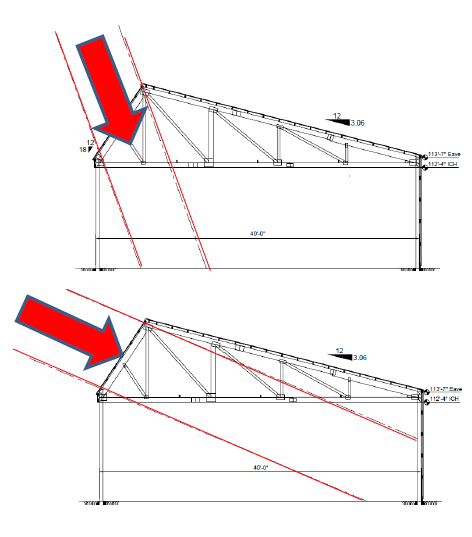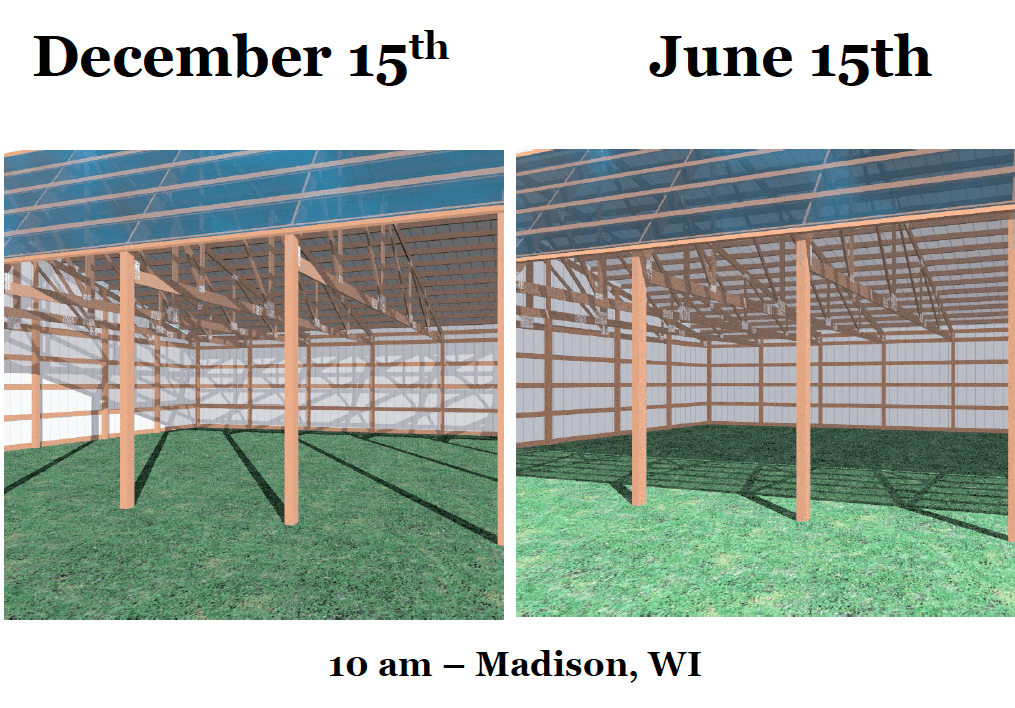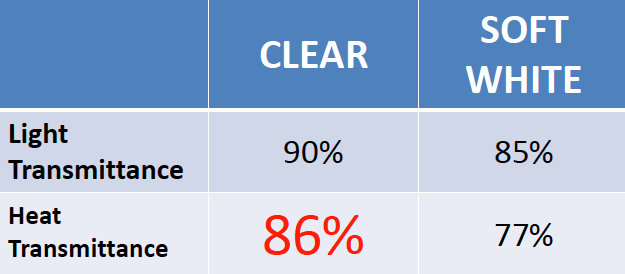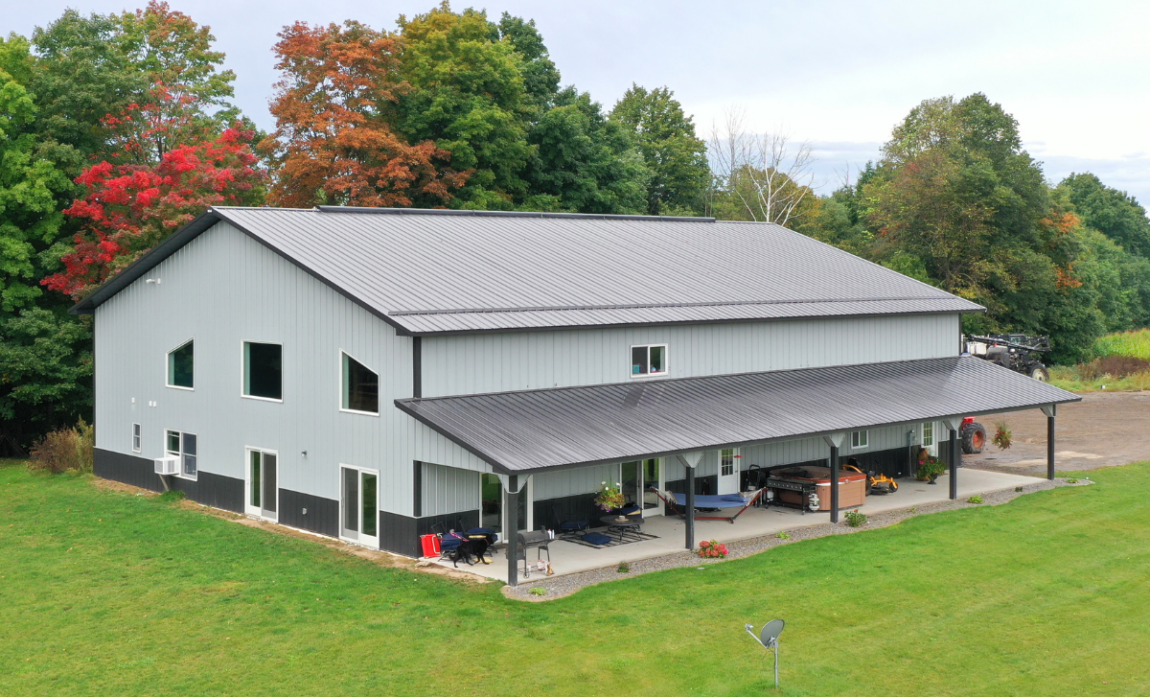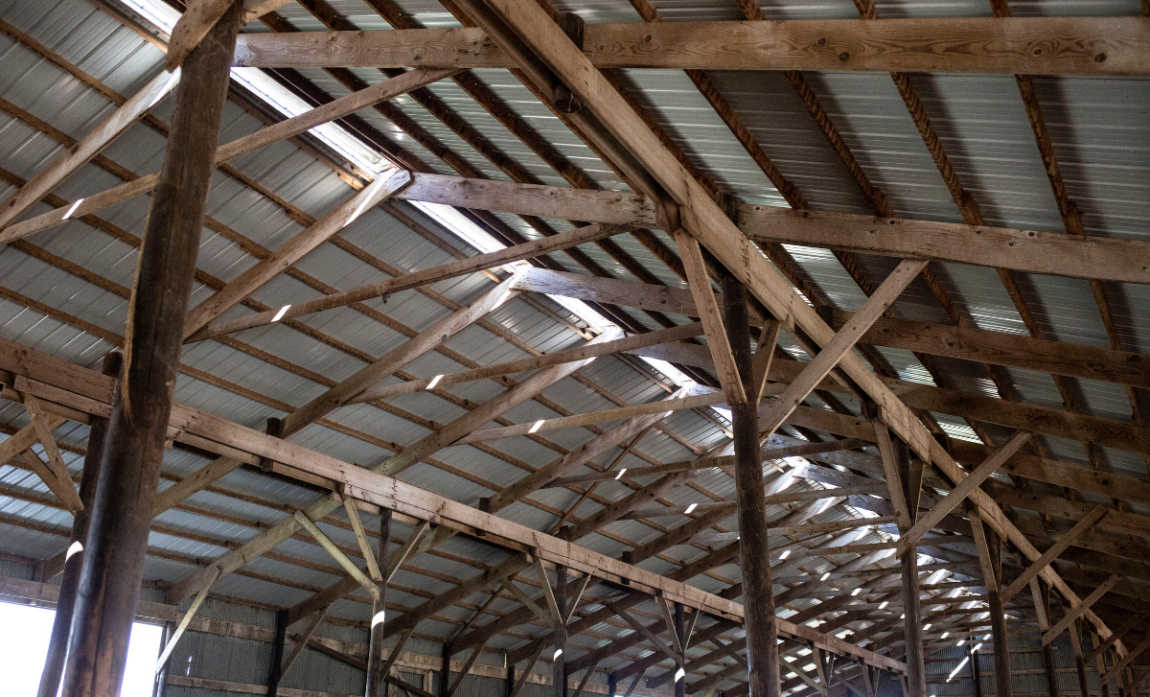Recent advancements in building technology and materials have ushered in a new era in solar buildings, providing six reasons why you should include solar in your new post-frame building.
While passive solar building designs are not new, farmers had to use fiberglass resin panels for solar light admittance. Unfortunately, fiberglass resin panels materials yellowed or became brittle when exposed to UV rays, resulting in cracking and leak points. Light transmission would also decrease as the material yellowed. Needless to say, maintenance was a big issue.
Enter the use of polycarbonate, and exit the nagging issues of fiberglass resin.
Six reasons why polycarbonate will warm hearts (and post-frame buildings)
Necessity is the mother of all invention, and when the solar post-frame building industry experienced a decrease in interest due to the fiberglass resin, a new technology was needed.
It arrived in the form of polycarbonate, a material that has provided a number of significant benefits. Here’s how the new material – and solar in general – can significantly enhance a post-frame building:
1. No yellowing or deterioration
Polycarbonate is much more resistant to UV rays. It’s also much more resilient to impact, such as hail and other debris. The result is a material that can withstand the test of time – you won’t need to replace the panel every ten years or so.
2. Works in conjunction with the seasons
When properly designed, solar panels in a solar truss design can make the best use of seasonal sun. Note the angle of sunlight in the graphic below, depending on the season – summer in the top illustration, winter in the bottom.
The far-reaching sunlight that reaches the back of the structure in the winter can help dry out animal bedding material toward the back of the building and keep animals warm. In the summertime, your animals won’t be baking in the sun, as their bedding will be in the cooler shaded region.
3. Clear differences
Soft white polycarbonate has great benefits when used in ridges, skylights and under eaves as supplemental daytime lighting. However, clear polycarbonate yields a significant improvement with solar truss animal housing buildings. Note the differences in the chart below versus soft-white.
4. Supports green building principles
The increased energy efficiency also is a step in the right direction toward more environmentally conscious building practices. Using solar energy for light, heat and drying reduces non-renewable energy needs, not to mention lightening the load on your pocketbook.
5. Multiple agricultural uses
When engineered correctly into your building, solar has multiple applications in agricultural and other settings:
- Animal housing – dairy free stalls, heifer & beef open front facilities, calf-raising
- Machine sheds
- Maintenance shops
- Grain drying
- Toy sheds
6. Design improvements for post-frame buildings
Polycarbonate provides post-frame builders with the flexibility that’s inherent with our post-frame design principles. For example, we can provide a recessed front column in a solar truss building that allows for a covered feed alley with easy access.
The benefits of solar – both on a micro-level with your building and on a macro, environmental level – have always made the agricultural sector eager for the technology to become more usable. With the use of polycarbonate, it appears those days are here.

